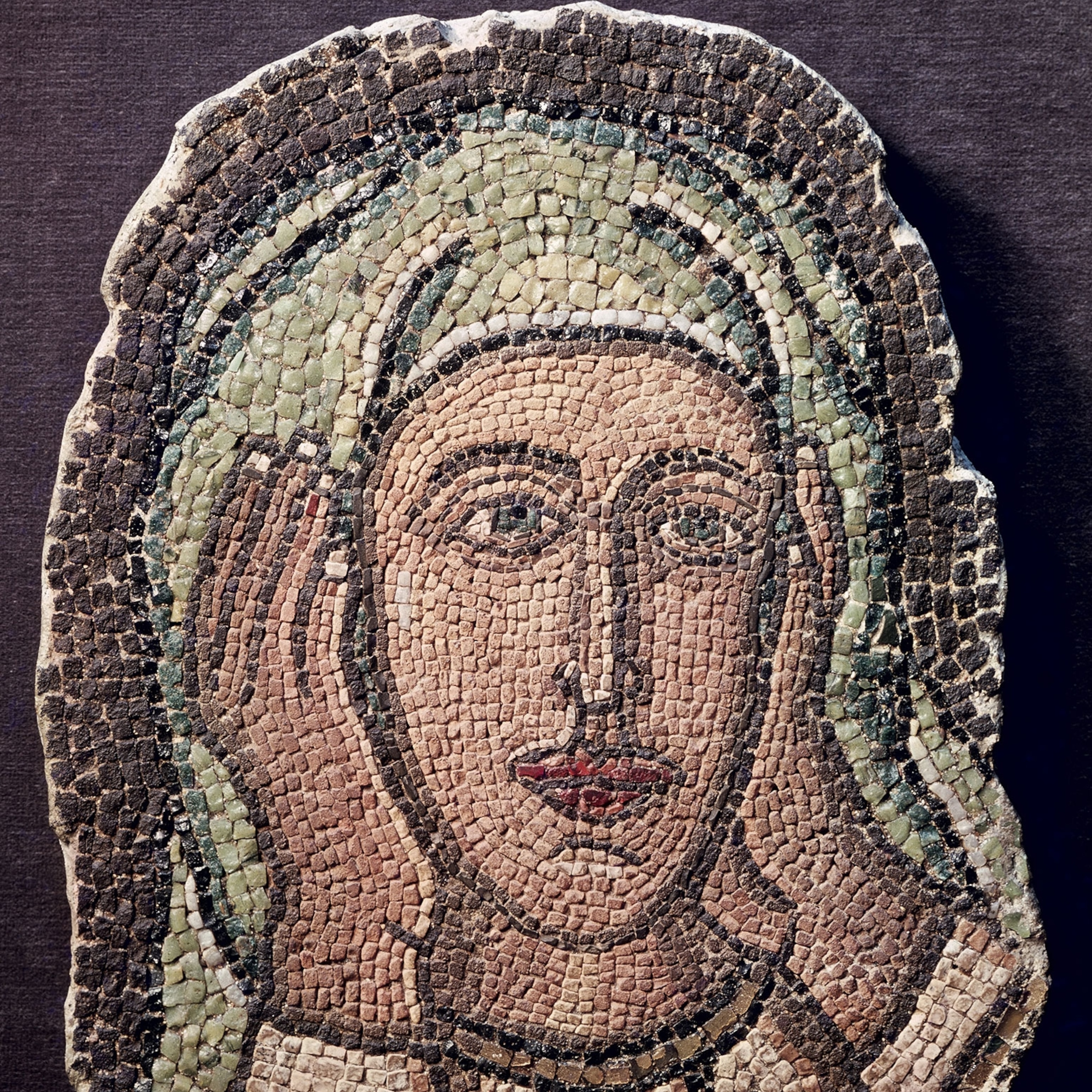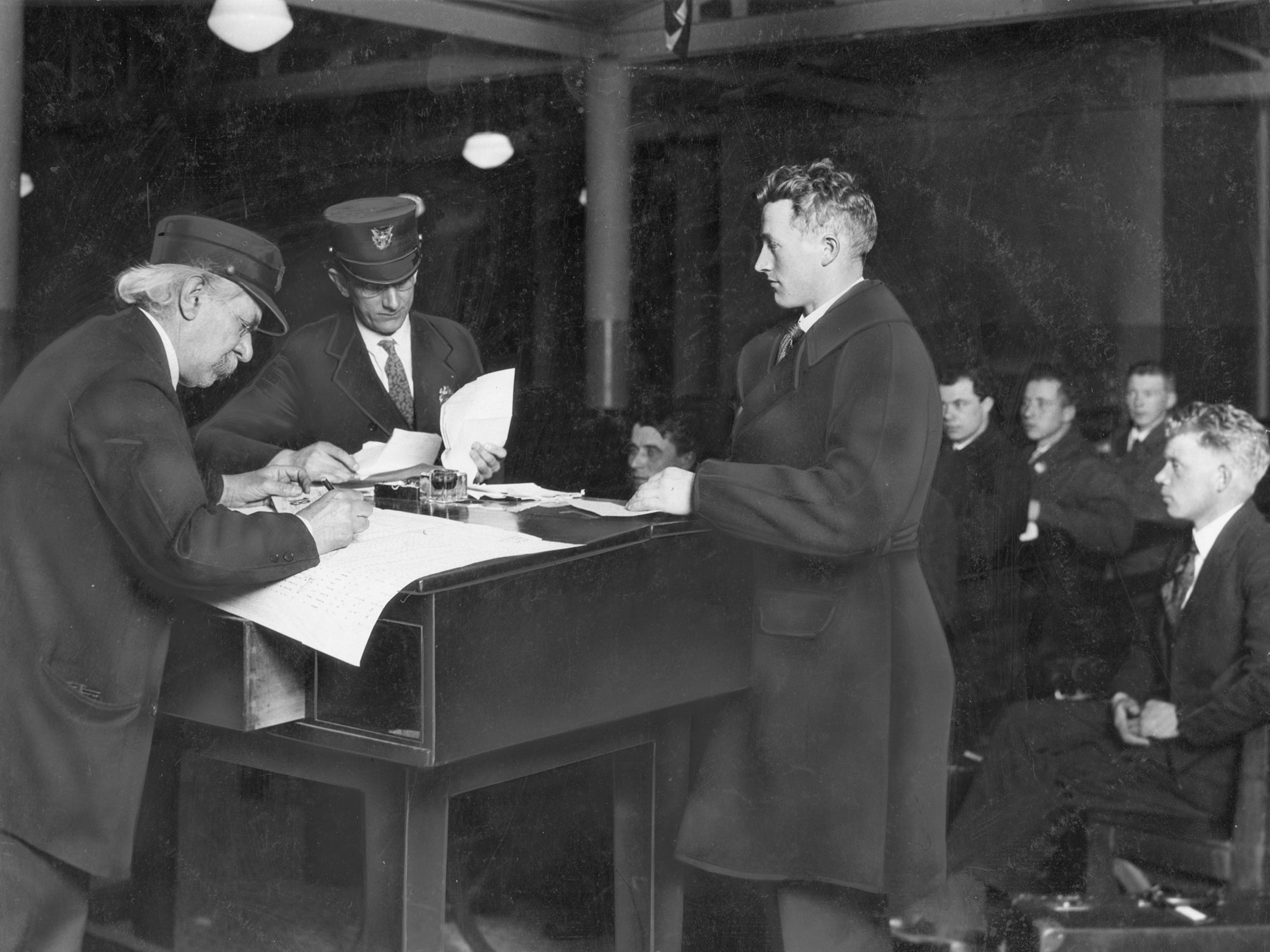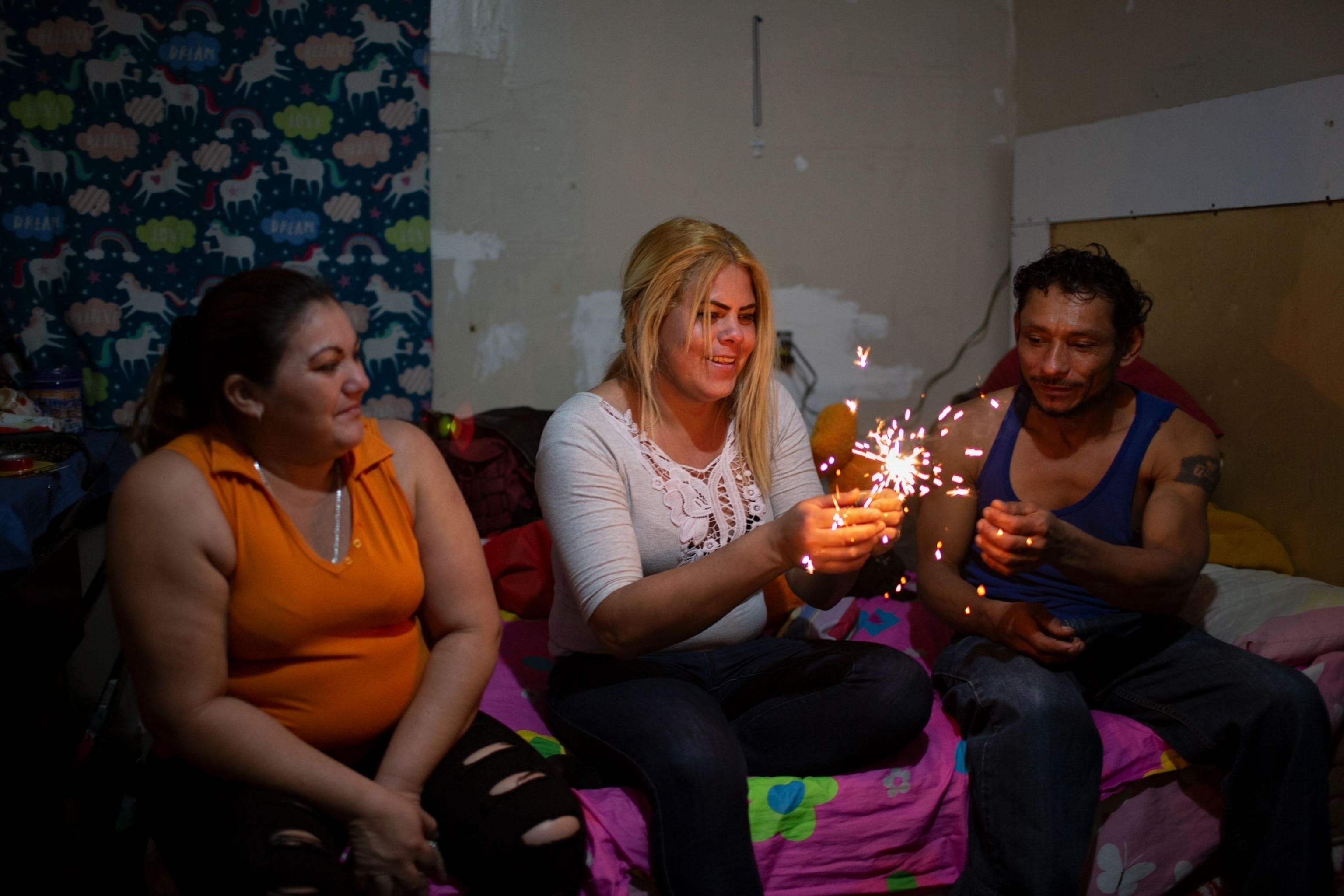
What's next for these transgender asylum seekers stranded in Mexico?
“If I return to my country, I would fear for my life." For Honduran women, a harrowing journey ends in a months-long limbo at the U.S. border.
Tijuana, Mexico — Kataleya Nativi Baca, 29, can see the yellow grasslands of San Ysidro, California, from the crests of Tijuana’s hills. The palm trees swaying less than a mile from her shack are rooted in the place she calls el otro lado—the other side. When she goes to the beach in Tijuana, the sands of San Diego are an arm’s reach away through the narrow gaps between the 20-foot-tall steel bollards of the border wall. But for Kataleya, the United States has never felt farther away.
"Going to the wall reminds you of the sacrifices you've made and of not being able to cross to the other side,” Kataleya says.
Kataleya is a transgender woman from San Pedro Sula, Honduras. She's one of thousands of people attempting to seek asylum in the U.S. stalled in a line that stopped moving 11 months ago and behind another 60,000 asylum seekers who have been required under former President Trump’s “Remain in Mexico” program to wait outside the U.S. for their claims to be reviewed. She may have cause for new hope. On February 2, President Biden signed an executive order to review the policy and possibly allow asylum seekers to wait in the U.S. in the near future for their applications to be processed.
Kataleya fled her home after enduring years of intolerance and abuse from her family and discrimination from her community. After her brother beat her, fracturing her collarbone and threatening her life, she left.
“He said he wasn’t going to be satisfied until he saw me dead,” Kataleya says of her brother, “until he achieved his goal of seeing me in a coffin.”
Alexa Smith, 20, another Honduran transgender woman from San Pedro Sula, is now in southern Mexico, slowly making her way toward the U.S. border. “I have a lot of goals I want to reach,” Alexa says. “Right now I can’t achieve them.”
According to SinViolencia LGBT, a network of 10 rights groups in Latin America and the Caribbean, more than 1,300 LGBT people have been murdered in the region since 2014, 86 percent of them in Colombia, Mexico, and Honduras.
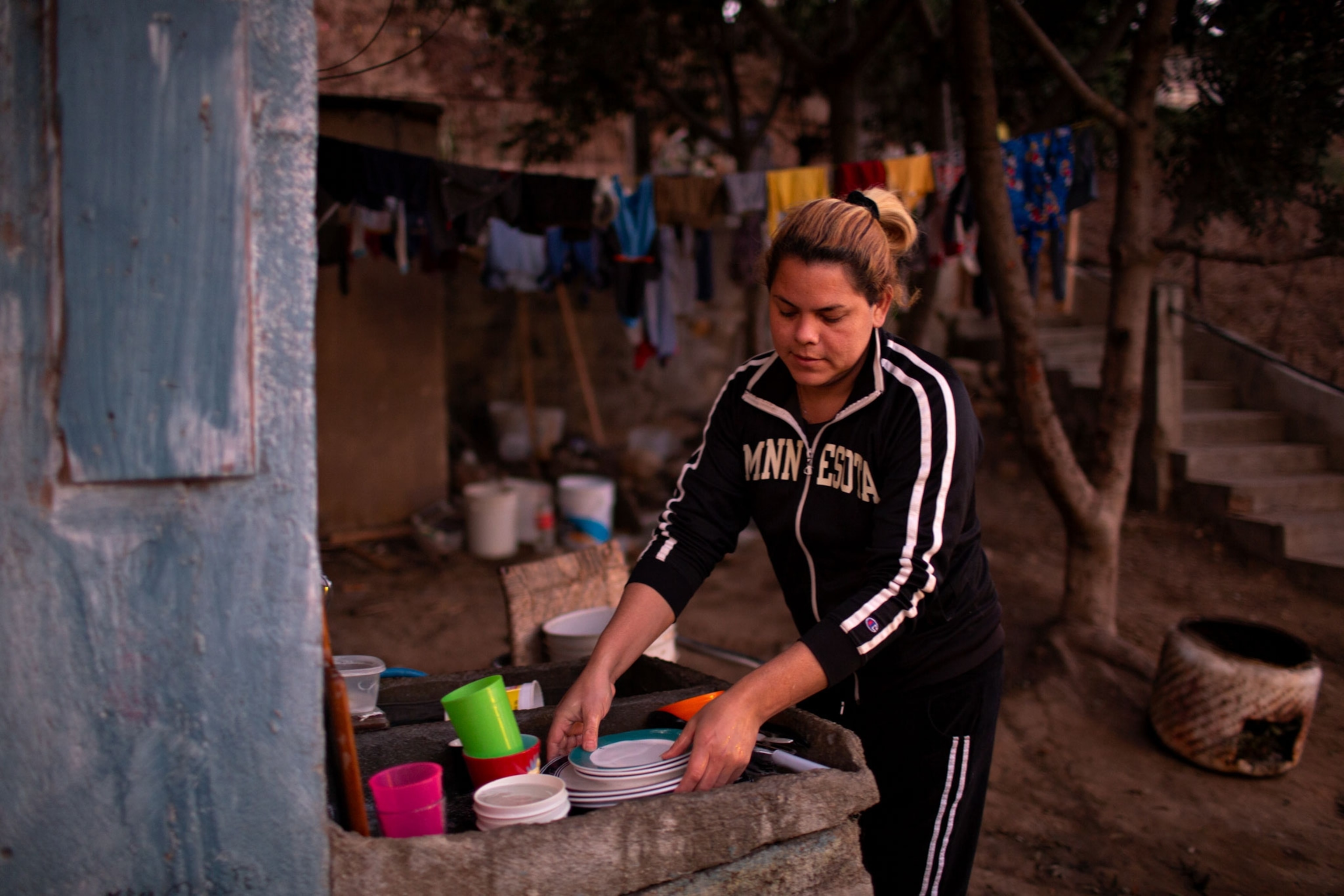
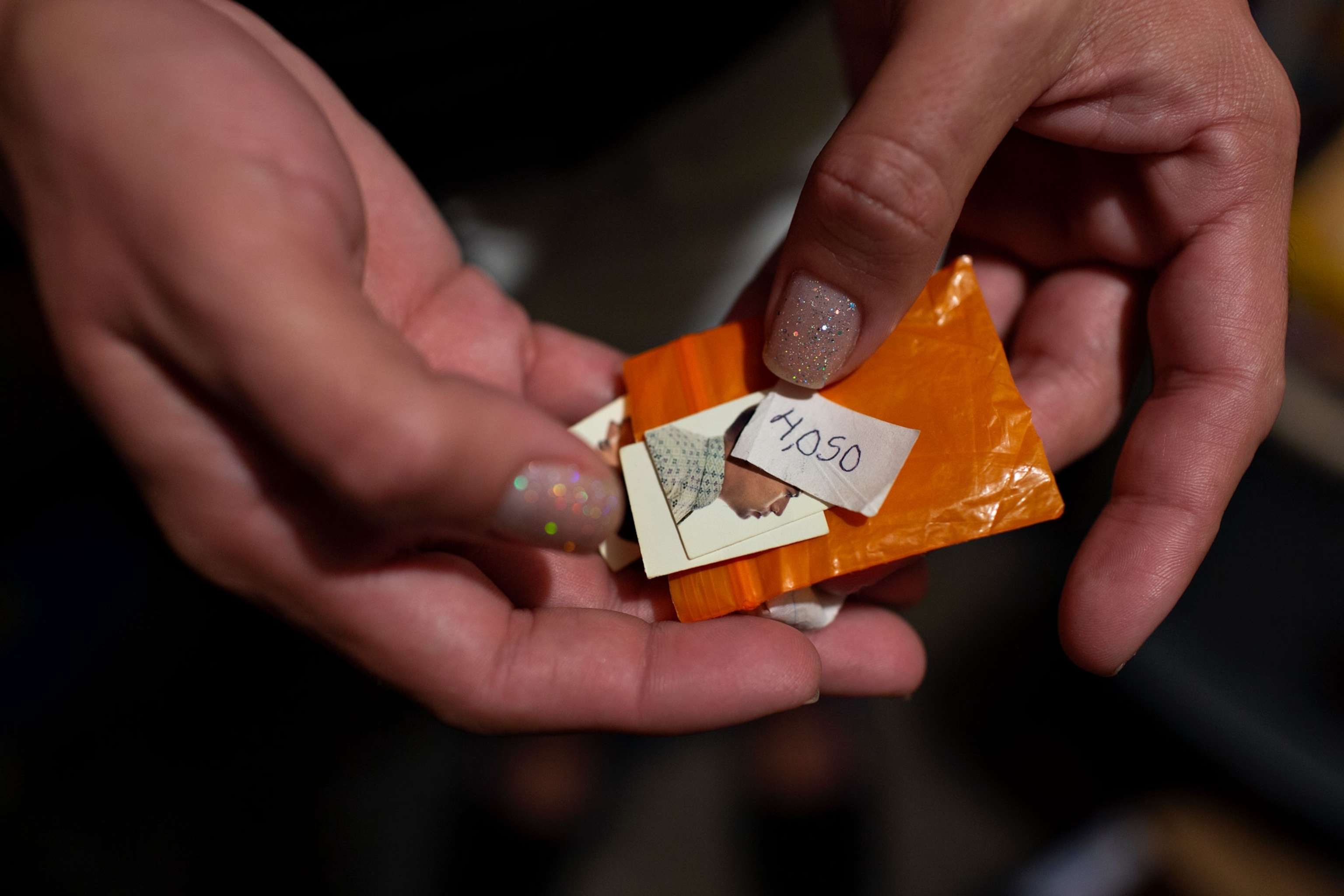
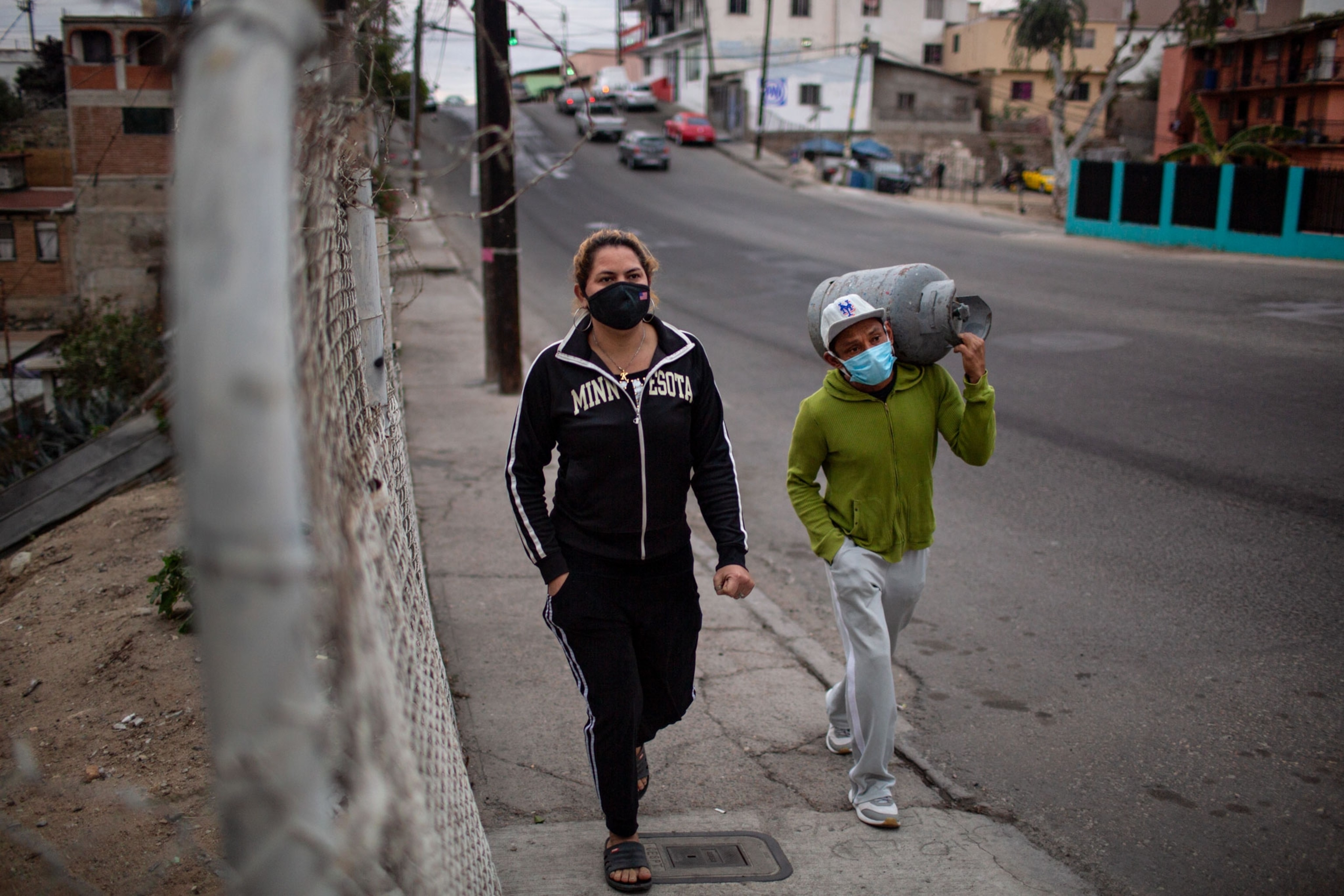
Between 2007 and 2017, nearly 4,400 LGBTQ people have sought asylum in the U.S. Most of them came from El Salvador, Honduras, and Guatemala, according to a Freedom of Information Act request obtained by NBC News from the U.S. Citizenship and Immigration Service. (Meet some of the millions of women who migrated recently, risking everything.)
Kataleya says she wanted to change her name and gender on her passport, get a job, work hard, build a future. “Most of all I want a place to live. A little house, however small,” she says, “where I can breathe the air and have the peace I’ve always wanted.”
Kataleya arrived in Tijuana in September 2019, where she came up against the Trump administration’s tangle of policies, implemented through hundreds of executive actions, intended to curb immigration into the U.S.
Thousands of people at the border were given a number and have had to wait there, often for months, before they could file their asylum cases. Those with open cases, rather than being allowed into the U.S., as was the policy under previous administrations, were ordered to stay put in Mexico to await their day in court.
“[Former President] Trump has really created a maze of policies that all come together to create a complete, almost zero percent chance for a lot of people,” says Eli Maurus, an attorney with the Transgender Law Center, an advocacy organization headquartered in Oakland, California, with an office in Tijuana. Maurus represents Kataleya in her bid for asylum.
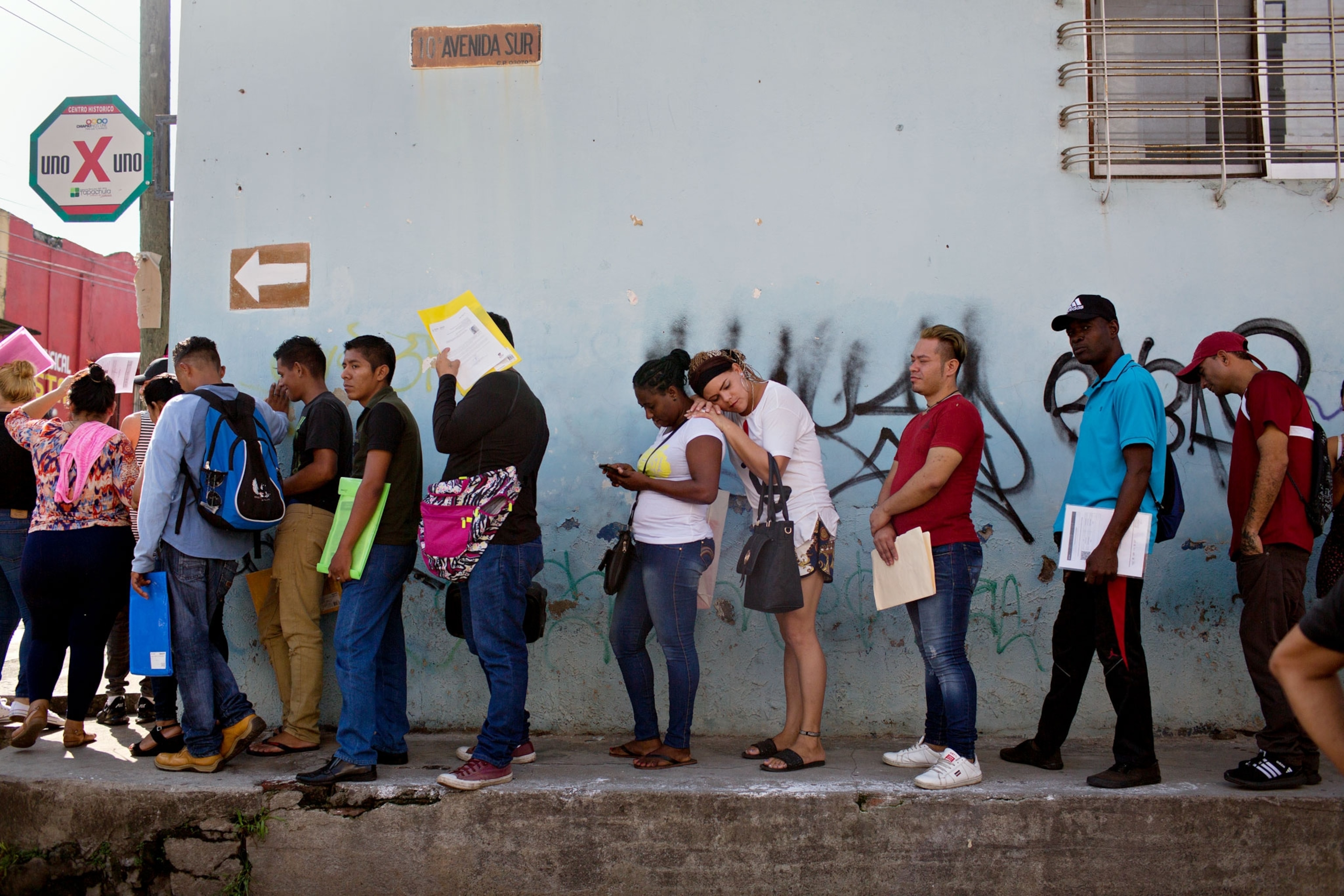

Restrictions brought on by the pandemic heightened the barriers, and Kataleya’s chances of entering the U.S. diminished. She and all the thousands of other asylum seekers have been waiting indefinitely, many living in crowded shelters or squalid campsites along the border. LGBTQ migrants often face the same dangers during their wait in Mexico that drove them to leave their home countries. (Here's how science helps us understand gender.)
“These are the obstacles put in place intentionally,” Maurus says.
In 2019, the U.S. granted asylum to 46,508 people, the highest number in over 15 years, according to data from the Department of Homeland Security’s Annual Flow Report, published in September 2020. The Trump administration’s policies to deter and curtail asylum claims coincided with an increase in the number of people seeking asylum, in large part because of the spike in violence in Central America, says Sarah Pierce, a policy analyst at the Migration Policy Institute, a think tank. Although more migrants have been admitted, it’s a smaller proportion compared to the overall number of people seeking asylum.
According to data from the Department of Justice, analyzed by the Migration Policy Institute, in 2016, 43 percent of asylum cases were approved. By 2020, that had dropped to 26 percent, the lowest since 1997.
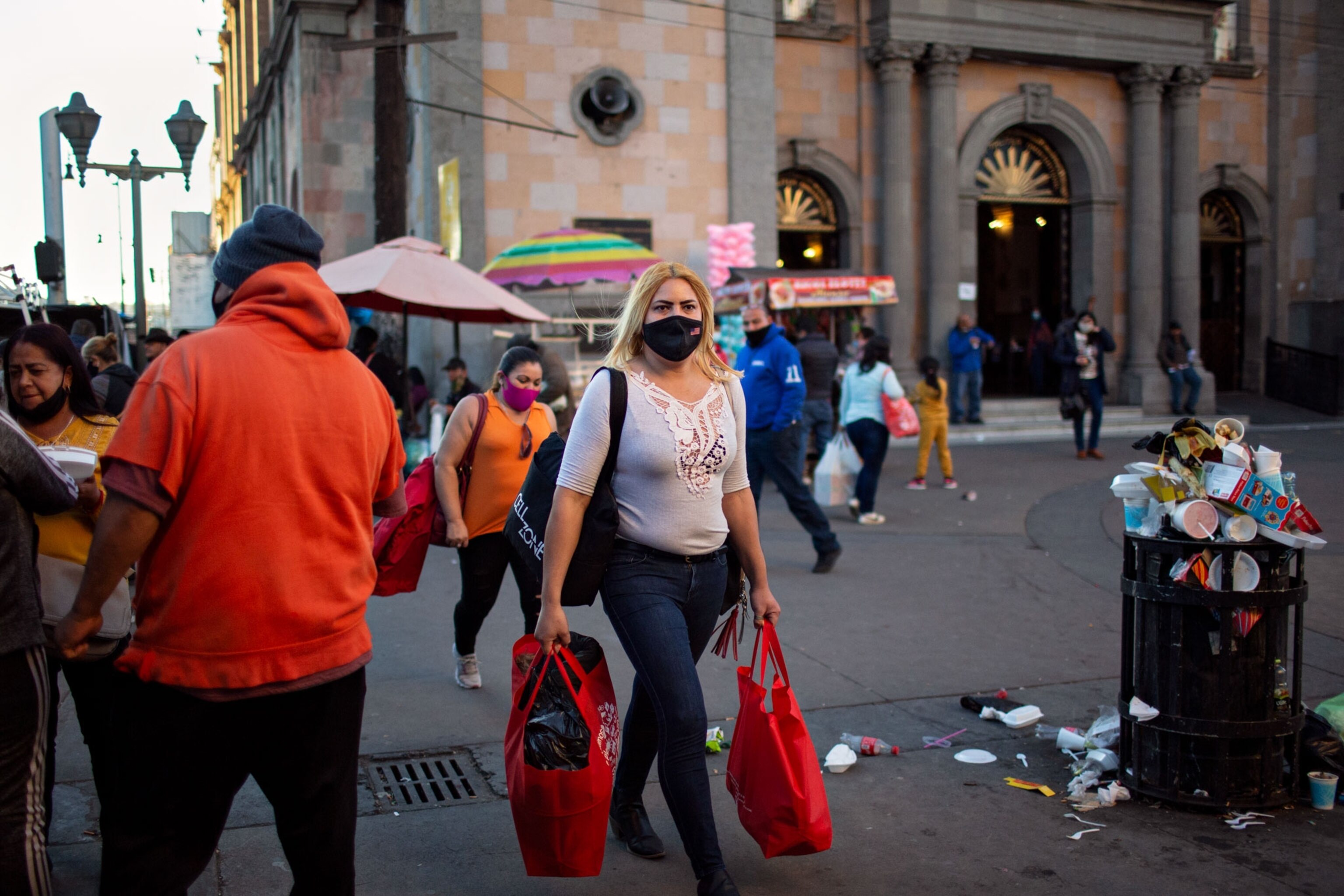
It remains to be seen, Pierce says, how President Biden’s intention to undo some immigration policies plays out. “Before the election Biden made a lot of really aggressive promises on asylum,” Pierce says. “And now we've seen much more tempered language from the administration because the situation at the southern border is quite complicated.” Complex logistical and political considerations around asylum mean that “everything is going to be slow,” she says.
“Given the unconscionable amount of violence and persecution that [Kataleya’s] endured in Honduras and Mexico, she should be immediately allowed to enter the United States and begin her case for asylum,” Maurus says. He’s now filing a motion for Kataleya to enter the U.S. while she waits for her case to play out, which could take anywhere from four months to several years.
I hope “the new administration does the right thing from a moral and legal standpoint and lets her and all LGBT people waiting in Mexico through,” Maurus says.
Life in limbo
Kataleya’s 17 months in Tijuana have been traumatic. In one shelter, she was robbed. She was expelled from another after she fell ill with bronchitis, then beaten at a third shelter. She started dating one guy, then broke up with him because he was drinking too much. She moved in with another. About two weeks before she was scheduled, in March 2020, to meet with U.S. immigration authorities, the pandemic hit.
“From morning to night,” Kataleya says, “everything fell apart.”
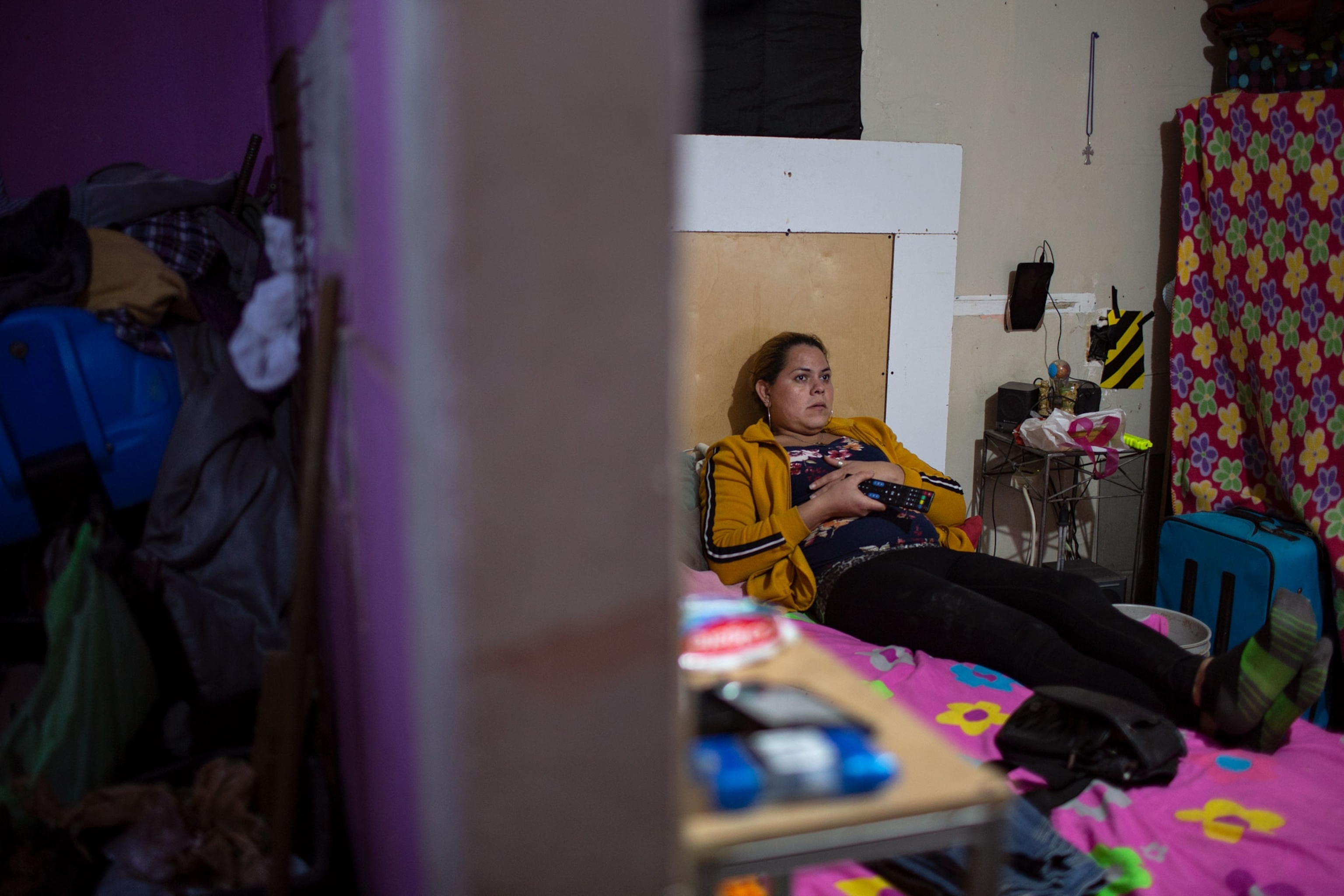
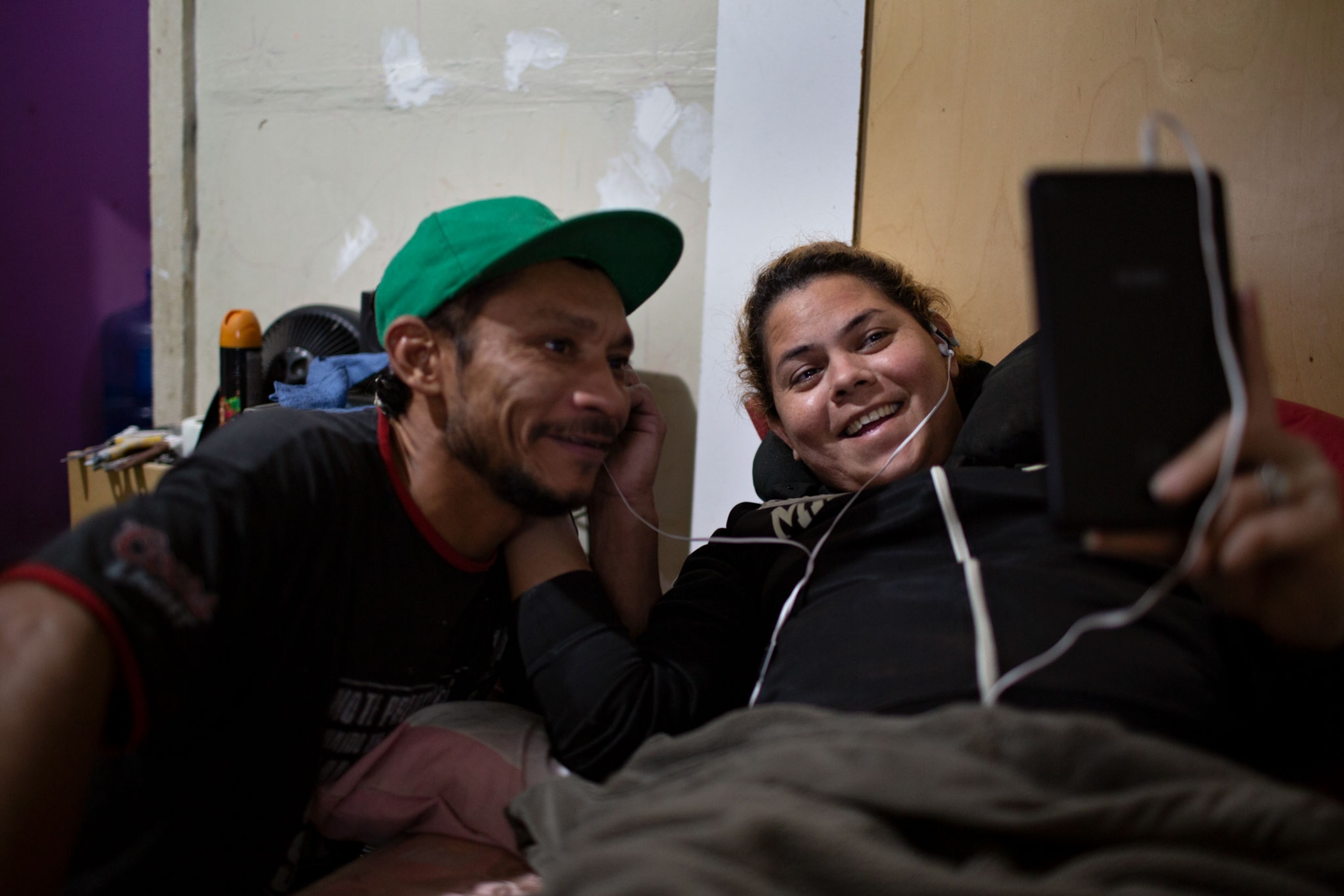
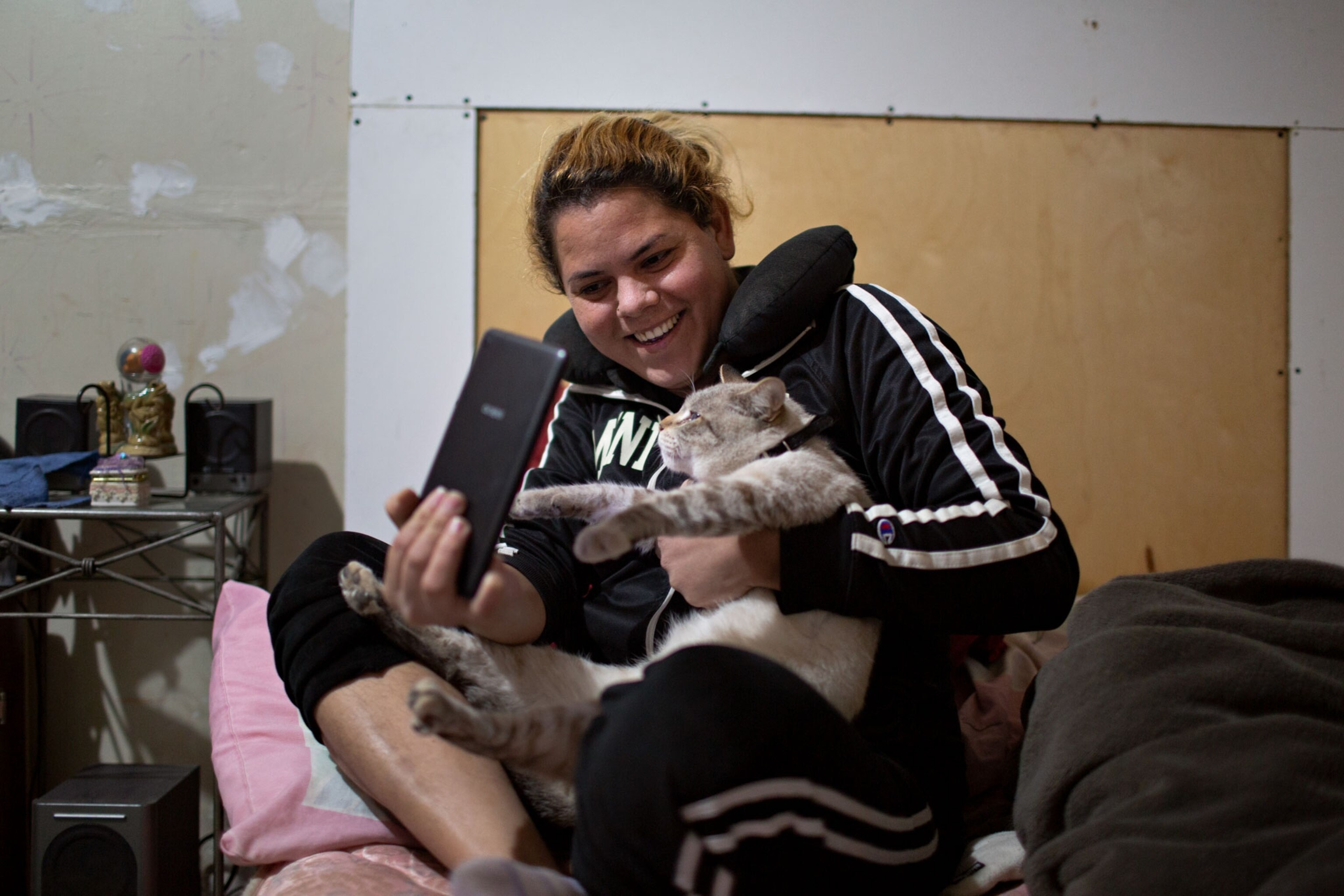
An order issued by the Centers for Disease Control and Prevention halted the processing of new immigration applications and closed the border to the vast majority of asylum seekers. In June 2020, the U.S. immigration agency had screened only 622 asylum seekers at the southern border; by contrast, in June 2019, 10,847 were screened.
For Kataleya, the hope that had propelled her fraught journey from Honduras was snuffed out. Returning home was no solution. “I can’t go back, because if I return to my country, I would fear for my life,” Kataleya says. In Honduras, “I’m a dead woman.”
She became depressed and has spent her days fending off boredom, waiting for a policy change that might transform her life. She asked her current boyfriend, Angel M. Mejia Ortiz, 39, also from Honduras, to get her a job with him as a construction worker. But he refused, saying he could support her himself.
In the small, one-room apartment they share, she sprawls on the bed flipping through daytime TV shows. She shuffled the furniture around, shoving the bed against one wall, the cupboard against another. A week later, she switched them back again. She spackled every nick in the walls. She dressed her cat Micho in an orange baby’s onesie, but pulled it off when the cat glared at her.
She called her mother in Honduras. “Meet your grandmother,” Kataleya cooed to Micho, holding him up to the phone’s camera. She told her mother how lonely she is, how little money she has, about the violence she’s endured, the feeling of being trapped, the steady torture of uncertainty—and burst into tears.
One night in late December 2020, Kataleya, Angel, and a few friends took a bus to the beach next to the U.S. border wall. They stood on a small hill, chatted, and gazed at the sea as the breeze whipped through their hair. In the distance, just beyond the reach of the floodlights illuminating the border, two figures in black hoodies ran north toward the wall. In a moment, they breached the border—and were on U.S. ground. They sprinted along the shoreline, the waves washing away their footsteps, apparently unseen by agents of the U.S. Border Patrol in a white vehicle a few dozen yards away.
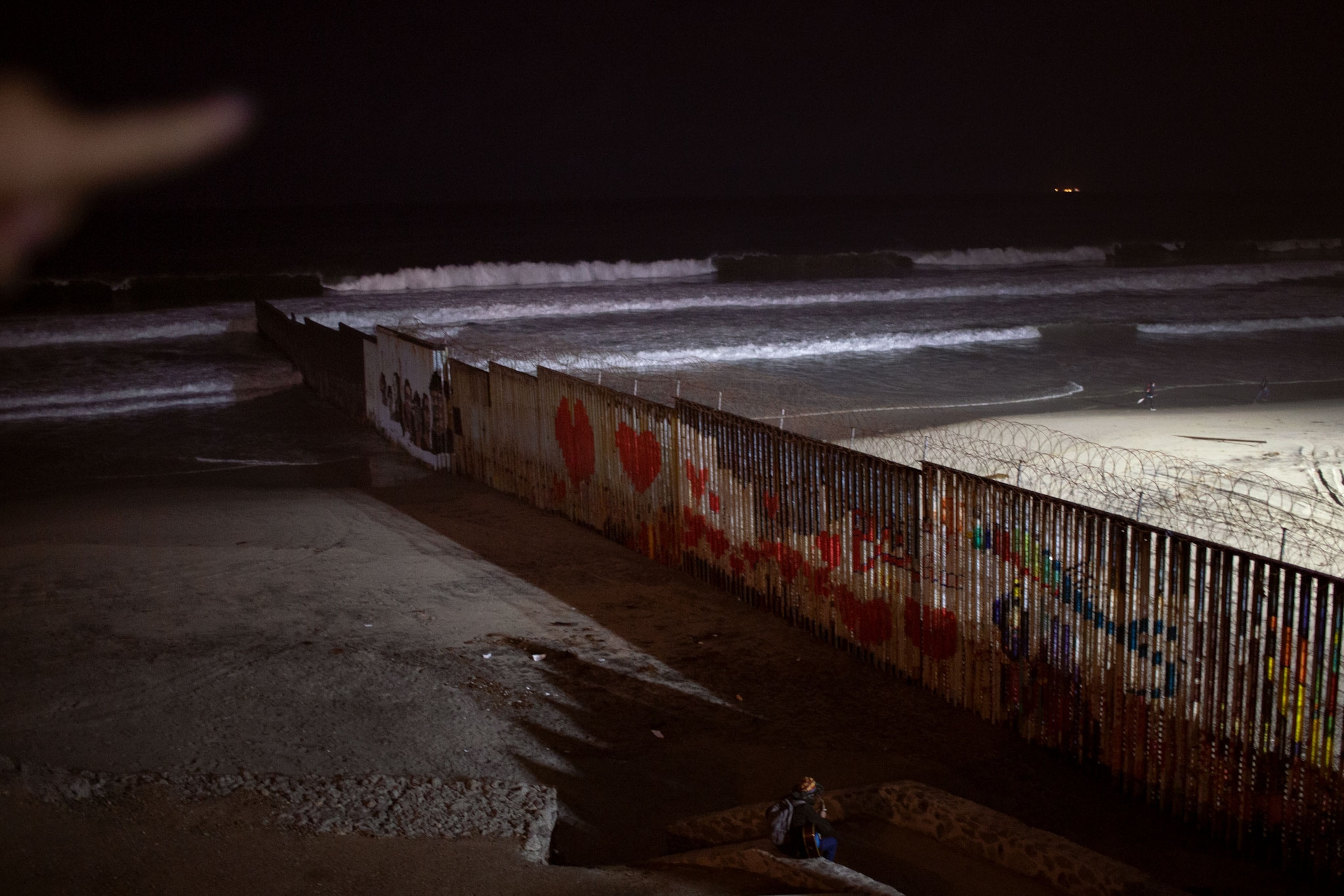
Kataleya watched as the pair disappeared into the darkness, achieving in mere seconds what had eluded her for a year and a half. “It makes me want to do the same thing,” Kataleya says. “In three steps, I’m there.”
But for now, she says she’ll keep waiting.
Undeterred
Some 2,500 miles from Tijuana, in Tapachula, Mexico, close to the border with Guatemala, Alexa Smith is making her third attempt to leave Honduras. On her first try, in 2017, when she was 16 years old, she was sexually assaulted while hitchhiking. She pushed on to Mexico City, where she was apprehended by authorities and deported back to Honduras. On her second foray, two years later, she fell into drug use in Mexico City and returned to Honduras to recover.
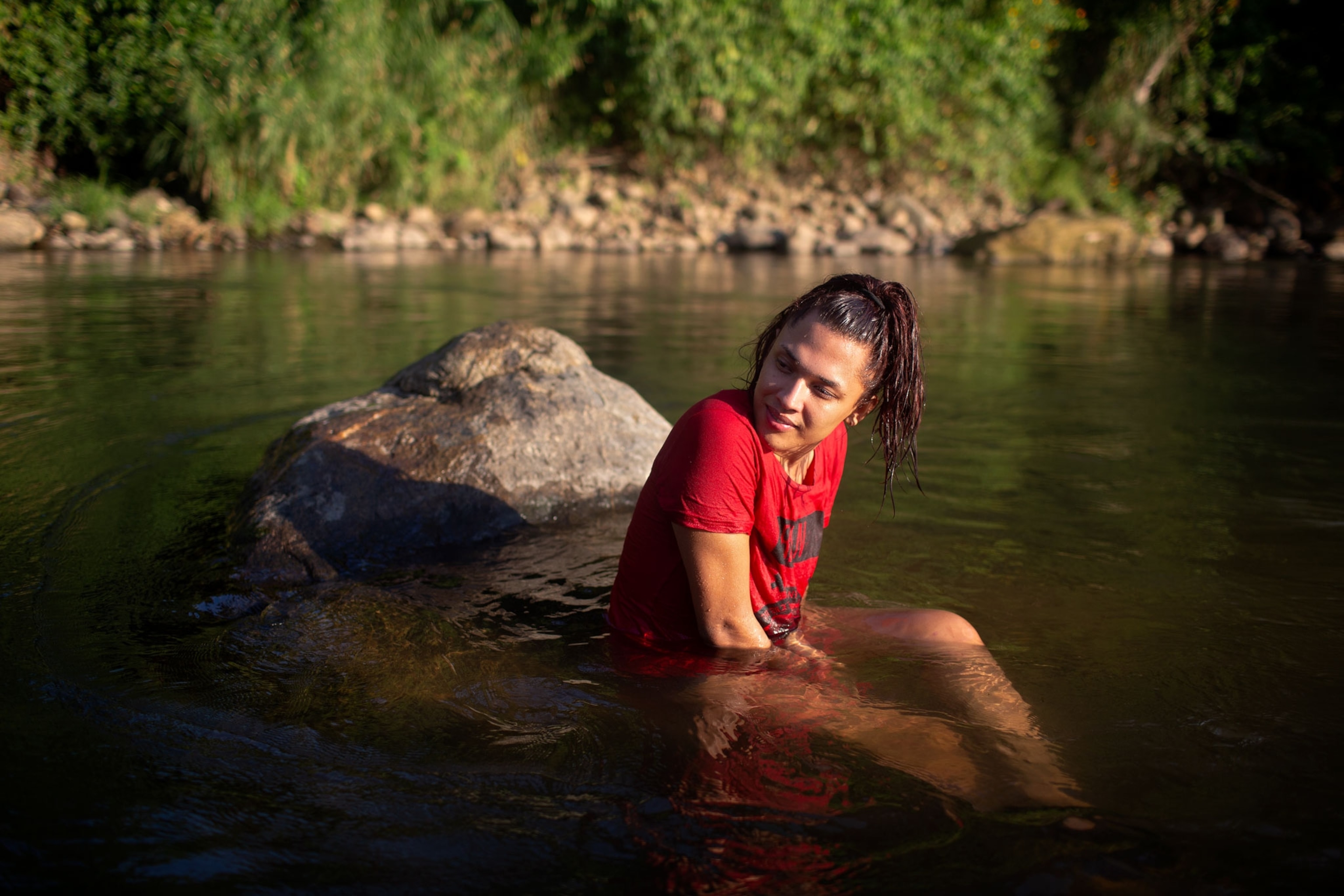
Then, last October, she joined a migrant caravan in Honduras but turned back when they arrived in Guatemala, afraid authorities would make good on their threat to arrest and jail migrants. About a week later, she tried again on her own, making it to Tapachula, where she stayed put for three months.
Out of money, Alexa took odd jobs. She pawned her cell phone and moved into a single-room cinderblock structure on a grubby patch on the outer edges of the city with her boyfriend, Norlan Alexander González Cruz, and three other migrant men. The five of them shared two twin-size foam mats on the floor. For a pillow, Alexa used a jacket stuffed into a grocery bag.
They passed time smoking cigarettes and planning how they’d get to the U.S. border, once they scraped together enough cash.
“Right now, we don’t know how we can keep going,” Alexa says. “I’m still so far away.”
Back in Honduras, some of Alexa’s friends, most of them transgender, in San Pedro Sula are falling victim to the violence and hardship she’s fleeing. One friend’s in jail for drugs, she says, and another disappeared after she turned to stealing to make ends meet during the pandemic. “People looked in the morgues and in Guatemala for her, but nobody can find her,” Alexa says. “She was probably murdered.”
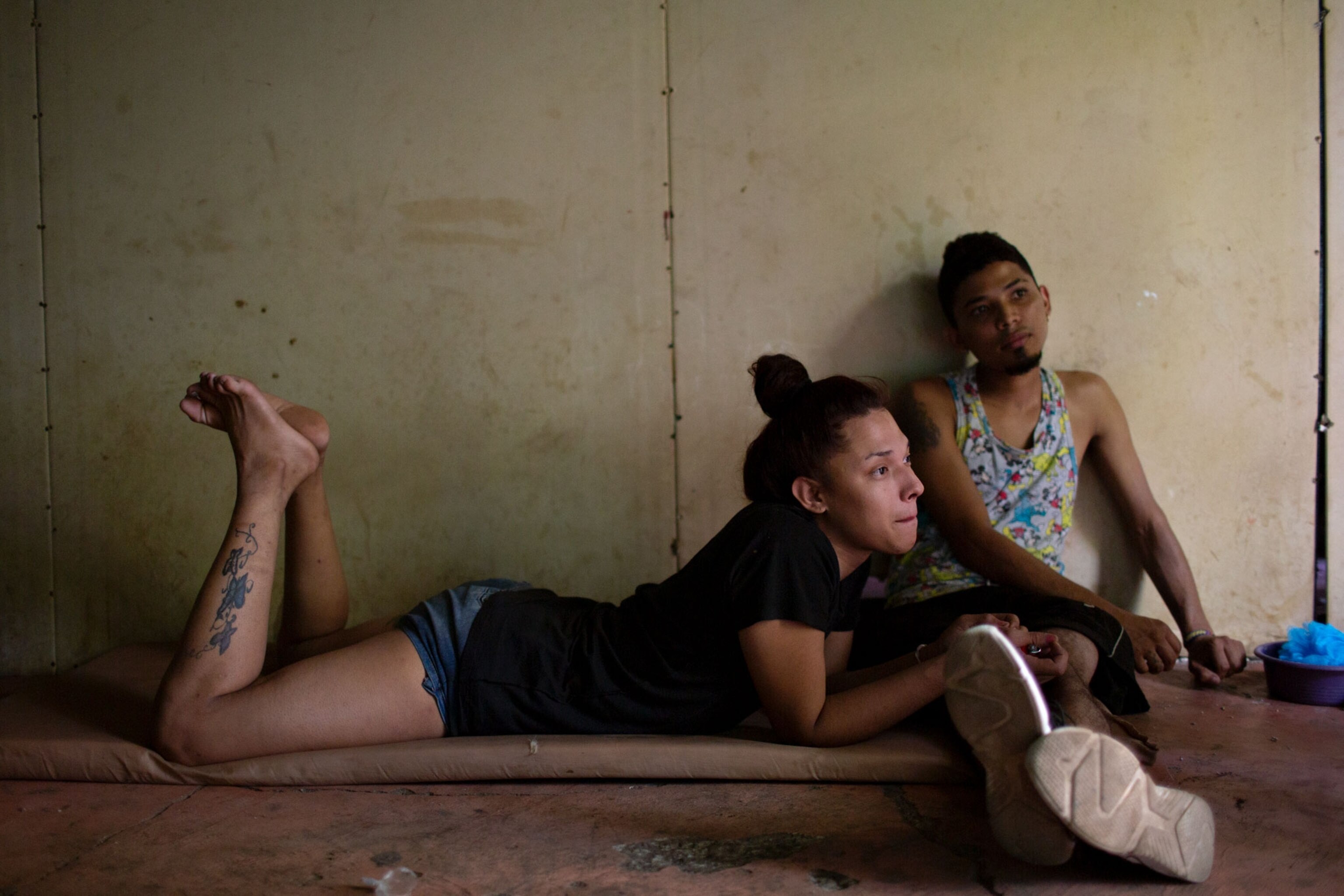
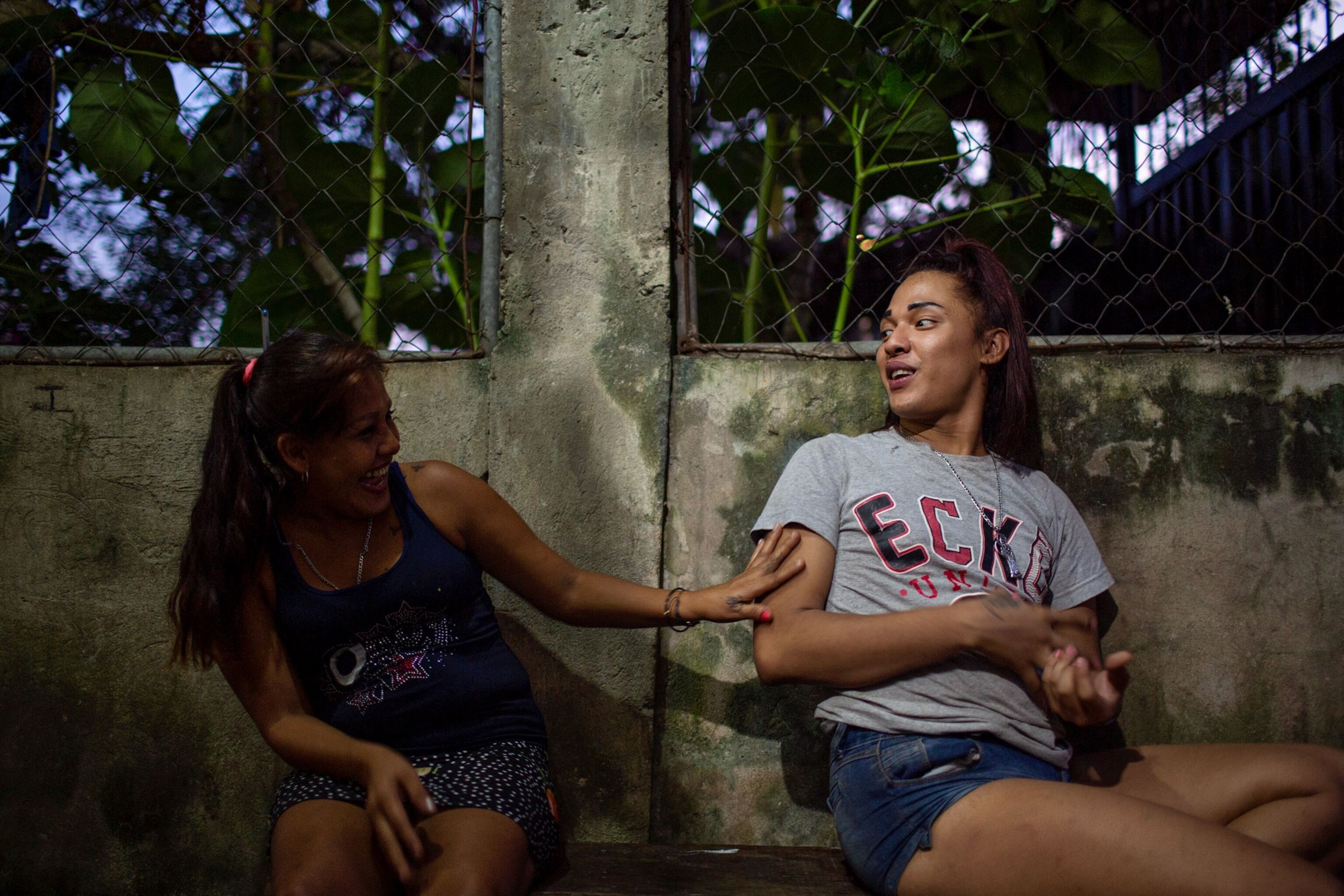
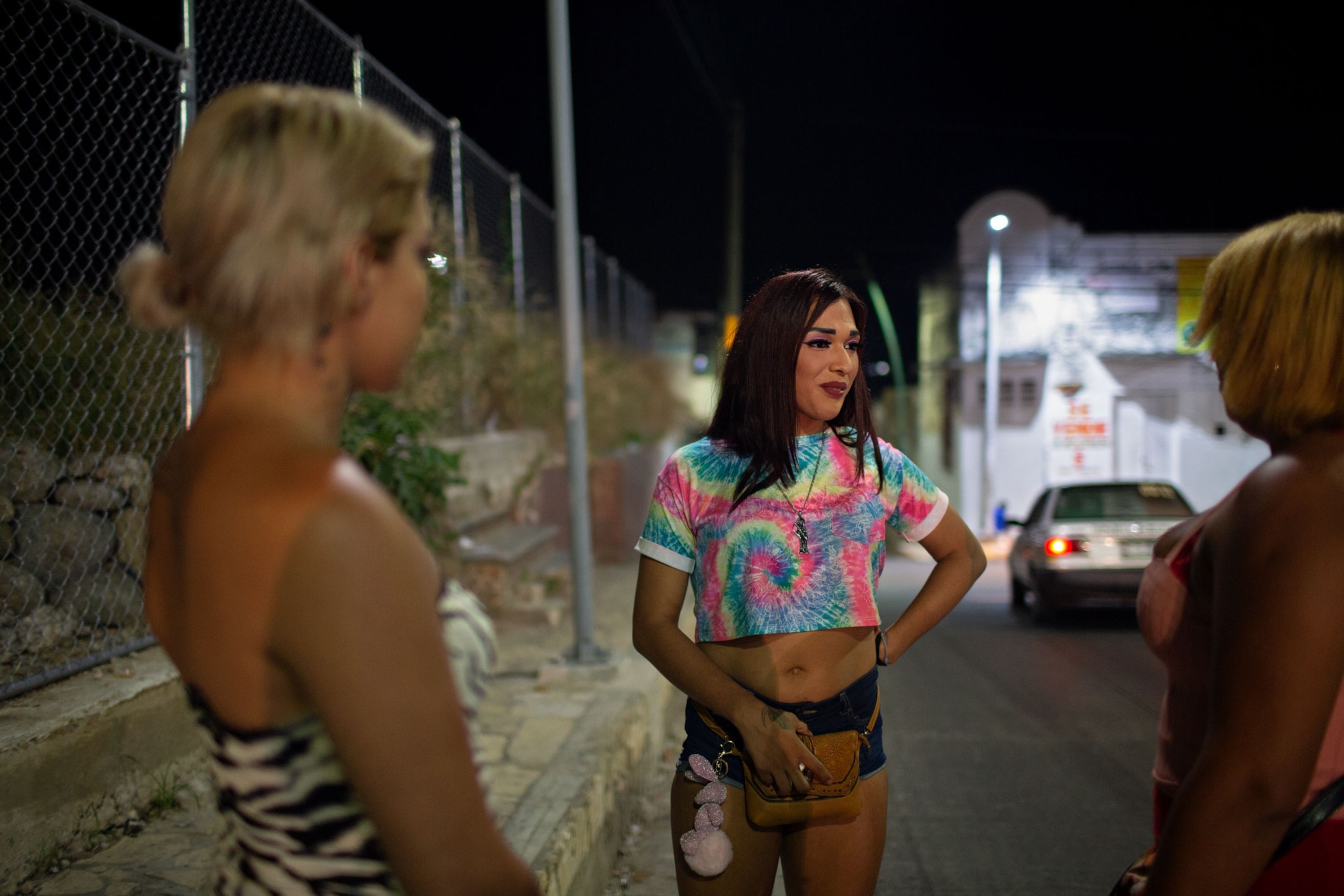
Yet another friend was stabbed, someone else died of COVID-19, and one woman fell afoul of a local gang in San Pedro Sula, who are threatening to kill her. (These migrant families walked north for safety. Now they face coronavirus.)
Given the dangers in Honduras, Alexa says, the decision to leave “was very easy—I didn’t have to think about it.”
By the end of January, Alexa and Norlan had managed to advance, on foot and hitchhiking, about 200 miles north to the city of Tuxtla Gutiérrez. “I have a place to sleep, but I’m not doing well,” Alexa says. “They’re kidnapping people, there’s no work—I only have enough for food.” But she wants to “give it my all” and reach Tijuana by the end of the month.
Meanwhile, in Tijuana, Kataleya hopes—wills—that “2021 will be a year of blessings for both migrants and the people from the other side.”
“I know I can make it,” she says. “I’m almost there. I’m near the border, I’m near the United States, the only thing holding me back is the wall. Just the wall.”
Editor's note: On April 8, 2021, after waiting 19 months in Tijuana, Kataleya Nativi Baca walked across the border into the United States. She is one of only a handful of LGBTQ asylum seekers allowed entry by U.S. Customs and Border Protection since the start of the Biden administration. She’ll spend a few days at a hotel in San Diego, California, before traveling to Washington, D.C., where her sponsor, a volunteer with the Transgender Law Center, will provide housing and support. Kataleya’s long, difficult journey isn't over—it may take months for a judge to rule on whether to grant her asylum. National Geographic will continue to follow Kataleya as she adjusts to life in the U.S.



